 Race for the Cure, 2008
Race for the Cure, 2008
Entry Type: Event - Starting with R
 Race for the Cure, 2008
Race for the Cure, 2008
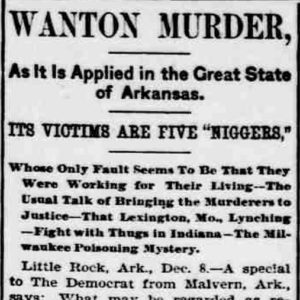 Race Riot Article
Race Riot Article
 Race War Article
Race War Article
 "Race War in Arkansas"
"Race War in Arkansas"
 Racial Strife Article
Racial Strife Article
Ramsey, Dave (Lynching of)
Randolph, John (Lynching of)
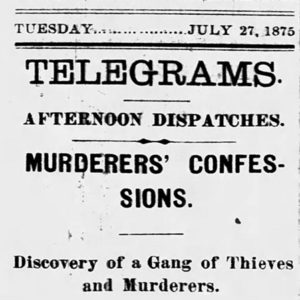 John Randolph Lynching Article
John Randolph Lynching Article
 Vance Randolph with Musicians
Vance Randolph with Musicians
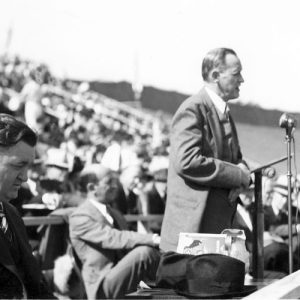 Razorback Stadium Dedication
Razorback Stadium Dedication
Rebel Stakes
Rector v. United States
Rector, Rickey Ray (Execution of)
Red River Campaign
Reed’s Mountain, Skirmish at
Reeves, Willis (Execution of)
Remount Camp, Skirmish at
Reported Lynching of July 1894
Reported Smallpox Lynching of 1894
Reverse Freedom Rides
Reynolds, Dan (Lynching of)
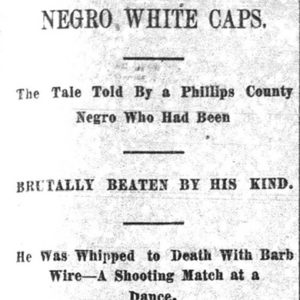 Reynolds Lynching Article
Reynolds Lynching Article
Rhodes, Richard (Hanging of)
Rice Bowl
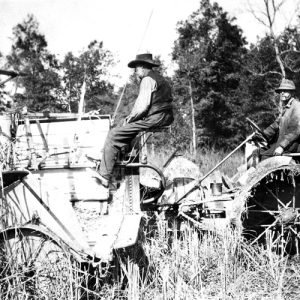 Rice Harvesting
Rice Harvesting
Rice, William (Lynching of)
 William Rice Lynching Article
William Rice Lynching Article
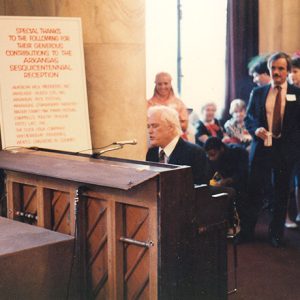 Charlie Rich in Washington DC
Charlie Rich in Washington DC
Richland Creek, Skirmish at (August 16, 1864)
Richland Creek, Skirmishes at (April 13–14, 1864)
Richland Creek, Skirmishes at (May 3 and 5, 1864)
Richland, Skirmish at
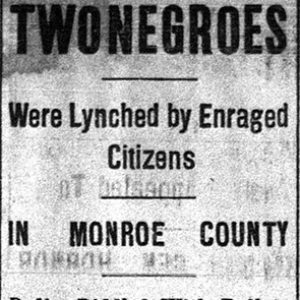 Ricks Lynching Article
Ricks Lynching Article
Ricks, G. W. and Moses (Lynching of)
 River Parks Campaign Poster
River Parks Campaign Poster
 Riverfest Arts and Music Festival
Riverfest Arts and Music Festival
Riverfest Arts and Music Festival
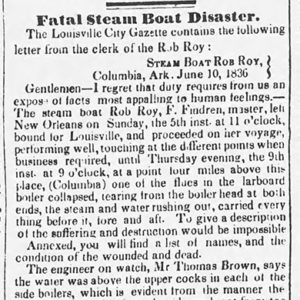 Rob Roy Steamboat Article
Rob Roy Steamboat Article
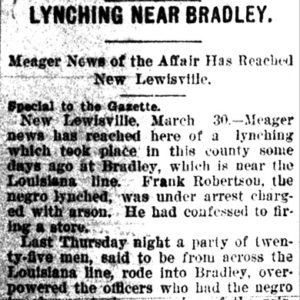 Frank Robertson Lynching Article
Frank Robertson Lynching Article
Robertson, Frank (Lynching of)
Robinson, J. E. (Reported Lynching of)
Robinson, Willis (Lynching of)
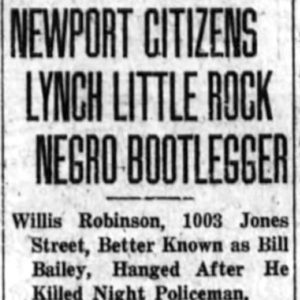 Willis Robinson Lynching Article
Willis Robinson Lynching Article
Rodeo of the Ozarks
Rodger’s Crossing, Skirmish at
aka: Skirmish at White River (September 14, 1864)
aka: Skirmish at Huntsville
 Rogers Broiler Show
Rogers Broiler Show
Rolla, Missouri, to Batesville, Expedition from
Rolling Prairie, Skirmish at
Rolling Stones, Arrest of the
 Teddy Roosevelt in Fort Smith
Teddy Roosevelt in Fort Smith




